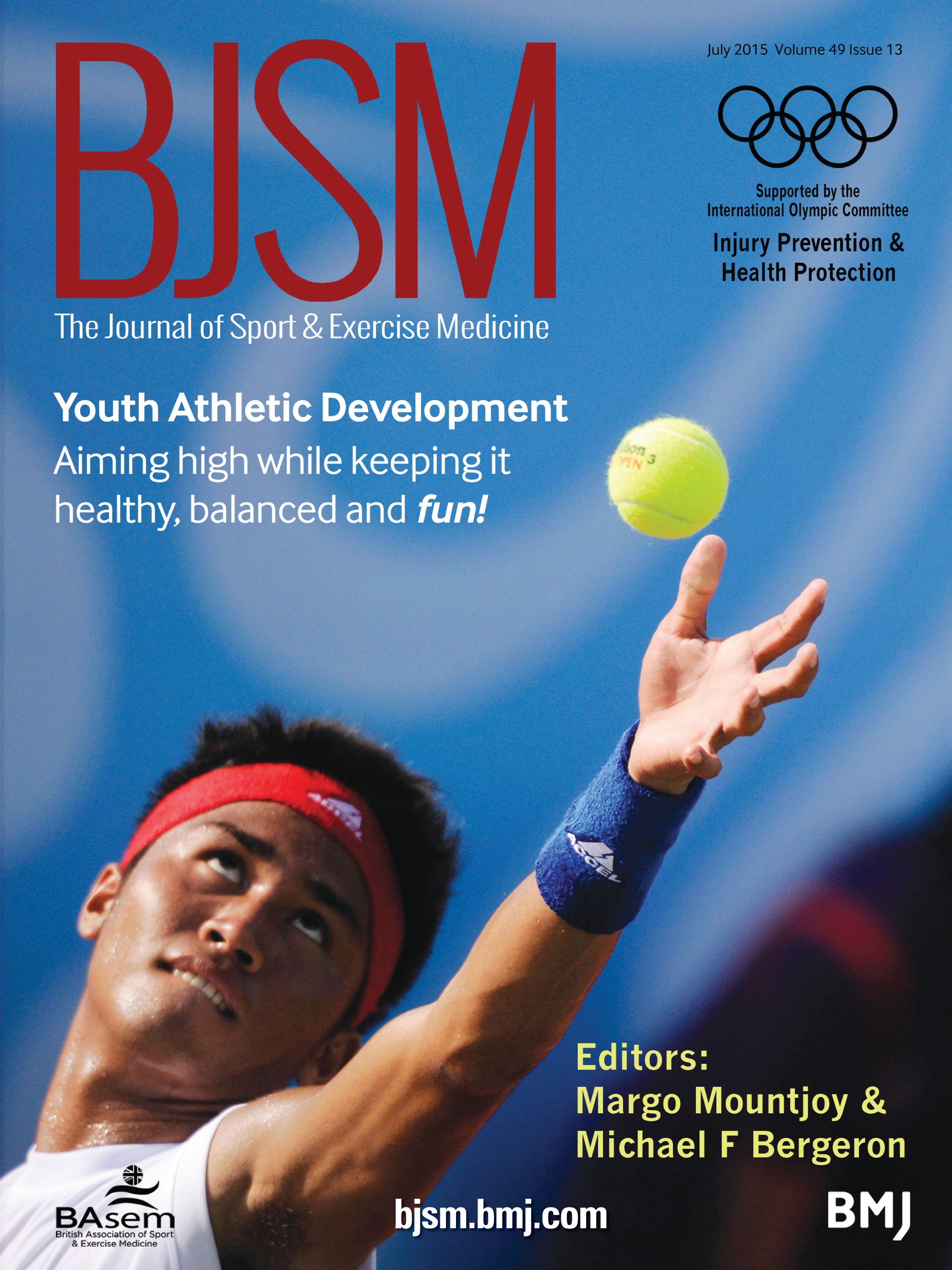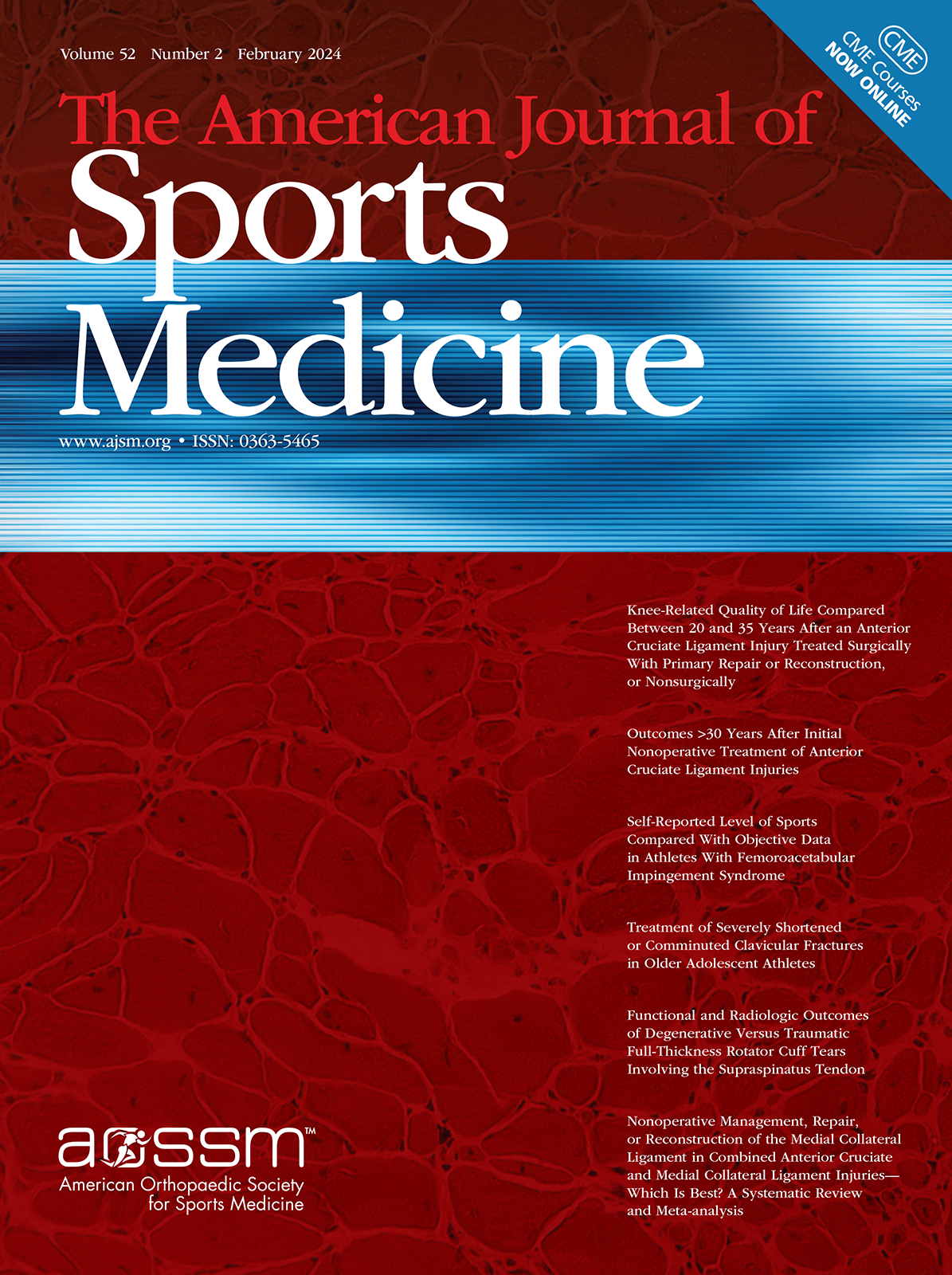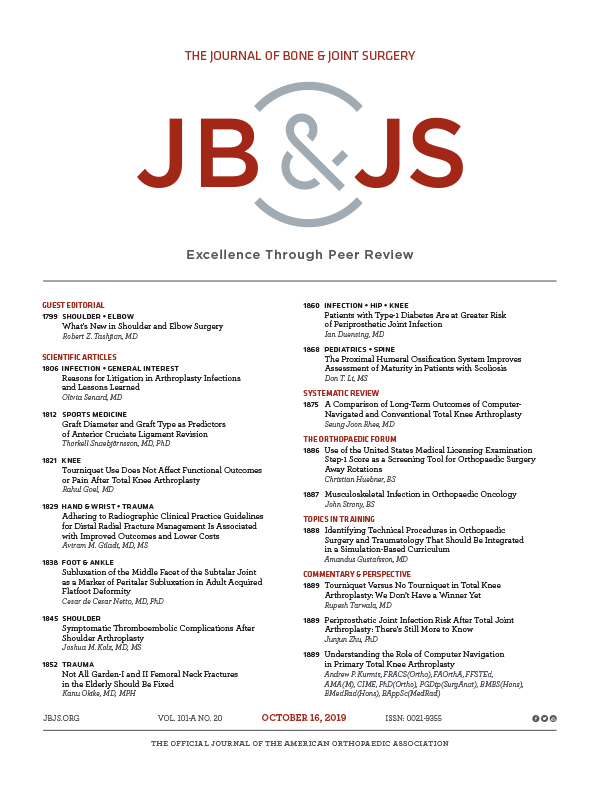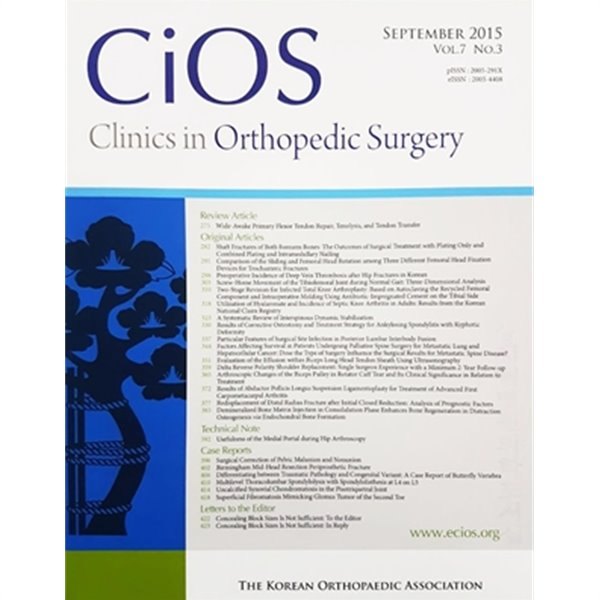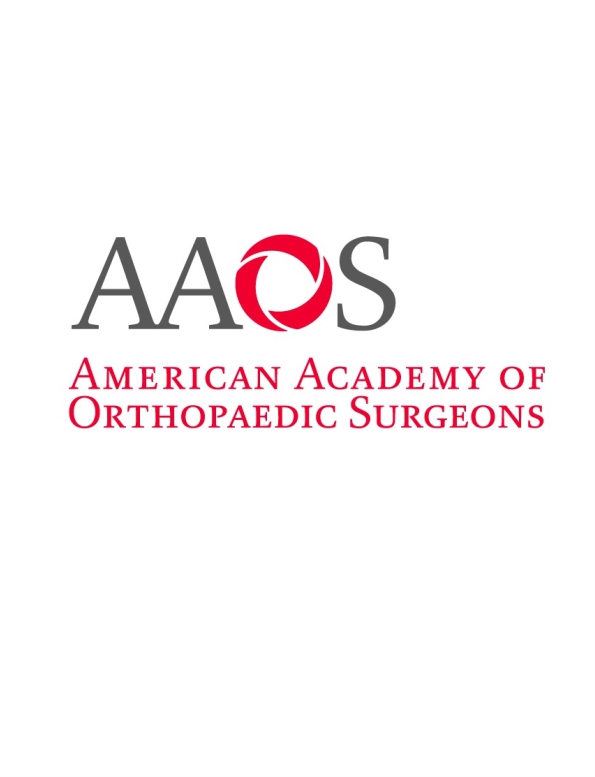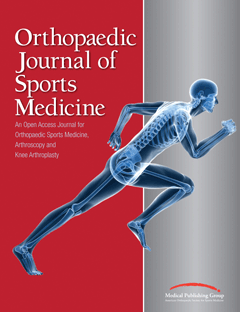PeerView
You are viewing the most viewed ACE Reports by Primary Care Physicians over the last 30 days in all specialties.
Displaying
100%
①
Synopsis:
Forty-two sport-active patients with chronic insertional Achilles tendinopathy were randomized to low tendon compression rehabilitation (LTCR; n=20) or high tendon compression rehabilitation (HTCR; n=22).The primary outcome was VISA-A at 12 and 24 weeks.Secondary outcomes included patient satisfaction, return-to-sport, pain on hopping (VAS-HOP) and during ADLs (VAS-ADL), single-leg heel-raise repetitions, and ultrasound tendon thickness; outcomes were assessed at baseline, 12, and 24 weeks.Overall, the results of the study revealed larger VISA-A gains with LTCR at both 12 weeks and 24 weeks, alongside higher satisfaction and better pain metrics. In short, limiting...
Read More »
Level 1 RCT
①
Synopsis:
Seventy-six patients with traumatic anterior shoulder dislocation were randomized to receive Tang’s method (n=40) or the Hippocrates method (n=36).The primary outcome of interest was reduction success rate.Secondary outcomes included reduction time, pain (VAS) before/during/after reduction, and ASES scores at one, three, and six months.Outcomes were assessed up to six months.Overall, the results of the study revealed that Tang’s method achieved a 100% success rate vs 80.6% with Hippocrates and markedly shorter reduction time (≈71 s vs ≈412 s).Moreover, pain during and after reduction was lower and functional recovery (ASES) was superior at all follow-ups with Tang’s method. These findings suggest...
Read More »
Level 1 RCT
①
Synopsis:
Ninety-eight patients with for anterior cruciate ligament (ACL) rupture were randomized to receive a quadrupled semitendinosus (ST-only) graft (n=49) or a doubled semitendinosus–gracilis (ST/G) graft (n=49); one ST-only patient was converted intra-op and excluded.The primary outcome was IKDC-Subjective score.Secondary outcomes included KOOS subscales, Tegner Activity Score (TAS), KT-1000 side-to-side laxity, Lachman and pivot-shift grades, sports/activity participation, and need for secondary surgery (including revision).Outcomes were assessed pre-op, 2 years, and again at a median of 8 years (range 5–10).Overall, the results of the study revealed no between-group differences at long-term follow-up for IKDC (ST 81.7 vs ST/G 82.1; p=0.93), instrumented or clinical stability, KOOS subscales, or revision rates; however, cyclops removal was more frequent with ST/G (p=0.014).Both groups showed large, durable improvements from baseline. These findings suggest...
Read More »
Level 1 RCT
①
Synopsis:
Two hundred thirty-one patients with chronic lateral epicondylosis were randomized to physiotherapy (n=58), extracorporeal shockwave therapy (ESWT) (n=62), prolotherapy (n=56), or platelet-rich plasma (PRP)(n=55).The primary outcome was the Disabilities of the Arm, Shoulder and Hand (DASH); the secondary outcome was a 6-point Subjective Satisfaction Score (SSS).Outcomes were assessed at baseline, 3, 6, 18, and 24 months, with 24 months pre-specified as primary.Overall, the results of the study revealed that PRP achieved the largest DASH improvement at 24 months (−31.18) and the highest SSS (4.60±0.90), with prolotherapy also outperforming physiotherapy and ESWT on both outcomes; all groups exceeded the DASH MCID. These findings suggest...
Read More »
Level 1 RCT
①
Synopsis:
One hundred twenty patients with symptomatic tibiofemoral knee osteoarthritis (Kellgren–Lawrence grade 2–3) were randomised to receive a single intra-articular injection of autologous micro-fragmented adipose tissue (n=60) or placebo isotonic saline (n=60) following abdominal liposuction.The primary outcome of interest was KOOS4 at 6 months.Secondary outcomes included KOOS subscales (Pain, Symptoms, ADL, Sports/Recreation, QoL), Tegner activity score, proportion achieving the KOOS4 MCID, treatment failure, return to work and sport, adverse events, and treatment-related discomfort, assessed at 3, 6, 12, and 24 months.Overall, the results of the study revealed no statistically significant or clinically important between-group differences in KOOS4 at any time point (6-month between-group difference in change 1.7, 95% CI −3.6 to 7.1; p=0.52), nor in Tegner scores or other secondary outcomes, although both groups showed substantial and sustained improvements from baseline over 2 years. These findings suggest...
Read More »
Level 1 RCT
②
Synopsis:
103 patients (age range 15-75) with 119 digits undergoing zone-II flexor tendon repairs within 48 hour of injury by Strickland four-strand tendon repair technique were randomized to post surgical rehabilitation methods of either active or passive motion therapy.At 1 year, digit range of motion was significantly greater with smaller flexion contracture and higher satisfaction scores in patients receiving active motion therapy versus passive motion therapy. However, patient-assessed outcomes...
Read More »
Level 2 RCT
①
Synopsis:
Two hundred fifty-four patients with deep surgical incisions requiring orthopedic surgery were randomized to receive either Stratafix barbed sutures (n=127) or conventional interrupted knotted sutures (n=127).The primary outcome of interest was the deep fascia suture time per unit length.Secondary outcomes included relative cost, the number of suture materials used, and wound-related complications.Outcomes were assessed over a 3-month follow-up period.Overall, the study revealed that the Stratafix technique reduced the suture time per unit length for wounds ≥5 cm, used fewer suture materials, and resulted in fewer wound-related complications compared to the conventional technique. These findings suggest...
Read More »
Level 1 RCT
Synopsis:
One hundred ninety-six patients undergoing aseptic or septic revision total hip arthroplasty were randomized to receive either closed incision negative-pressure therapy (ciNPT) (n=105) or a silver-impregnated dressing (n=91).The primary outcome of interest was the rate of wound complications.Secondary outcomes included type of wound complications, need for reoperation due to wound issues, and comparison of perioperative variables.Outcomes were assessed at 90 days postoperatively.Overall, the results of the study revealed no significant difference in wound complication rates between the ciNPT and control groups (11.7% vs.12.9%, p=0.95), nor in reoperations for wound-related issues (3.9% vs.1.1%, p=0.37). These findings suggest...
Read More »
Conference Report
①
Synopsis:
Seventy-five patients with isolated ACL rupture were randomized to bone–patellar tendon–bone (BPTB), single-bundle quadrupled hamstring tendon (HT), or over-the-top HT plus lateral extra-articular tenodesis (HT+LET) (n=25 per arm initially).At final assessment (mean 23.0±1.1 years), 61 completed PROMs, 37 underwent clinical testing, and 35 had radiographs.The primary outcomes were clinical failure/revision and long-term knee function; secondary outcomes included instrumented laxity (KT-1000; pivot-shift), and tibiofemoral/patellofemoral Osteoarthritis (OA) on standardized radiographs.Overall, the results of the study revealed no between-group differences for most PROMs; Tegner activity was slightly higher with HT+LET vs BPTB, AP laxity was lower with BPTB vs HT, and patellofemoral OA was more frequent after BPTB vs HT+LET.There were no differences in tibiofemoral OA or objective IKDC grades. In sum, all...
Read More »
Level 1 RCT
①
Synopsis:
Thirty-two patients with acute anterior shoulder dislocation were randomized to FARES (n = 17) or Spaso (n = 15) reduction without sedation.The primary outcome was first-attempt (≤2 tries) success.Secondary outcomes included overall success when switching to the alternative method after two failures, reduction time, peri-reduction VAS pain, and follow-up events (recurrence, surgery).Outcomes were assessed during the ED visit and at a mean 5.3 ± 2.2 years.Overall, the results revealed similar first-attempt success, but when FARES failed initially, switching to Spaso yielded 100% overall success in that arm, whereas switching from Spaso to FARES yielded no additional successes.Pain decreased during and after reduction in both groups, with no significant between-group differences; reduction times were also similar. These findings suggest...
Read More »
Level 1 RCT




 LOGIN
LOGIN


